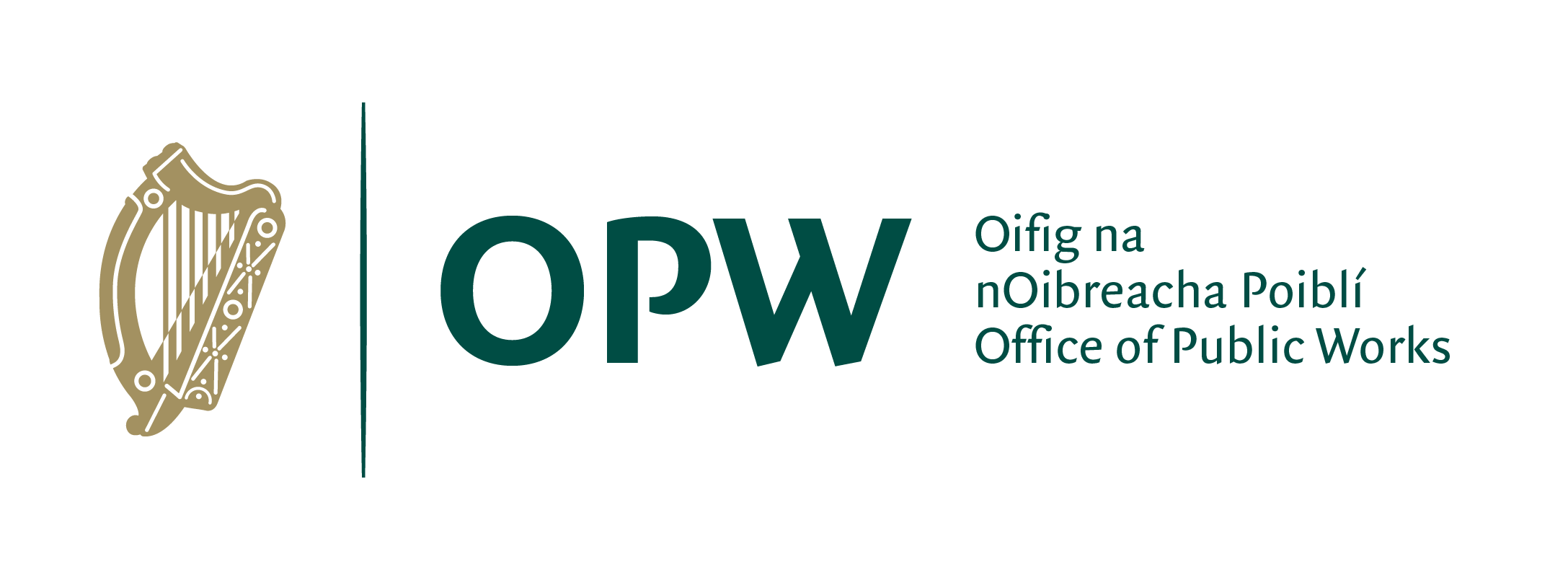Like many events in our recent history this Valentines will be very different, there will be no romantic weekends away or candlelit dinners in restaurants. One aspect of the Valentines tradition that is perfectly suited to social distancing however is the sending of Valentines cards.
Over a billion Valentines cards are sent across the globe in a phenomenon that has been with us for hundreds of years. The earliest Valentines were simply handwritten notes signed by “my Valentine” with the earliest surviving example being written by a French Duke in 1415 whilst held prison in the Tower of London after the Battle of Agincourt.
By the late 1700’s cards specifically made for Valentines greetings started to appear, these were elaborate handmade cards aimed at the upper classes. The real explosion in the popularity of Valentines coincided with three events, the availability of mass produced cards, the development of the postal system and increasing literacy levels.
By the 1840’s the cards were being sent in such number that postmen in London received a special refreshment allowance for the days preceding the 14th to help them cope with the increased workload. The knock of the postman wasn’t always a welcome occurrence as there were some unpleasant aspects to the sending of Valentines cards in the Victorian era.
Comic or Mocking Valentines cards evenly matched the sales of romantic Valentines in the mid-19th century. These cards were sent with the intention of offending or annoying the recipient and to add insult to injury they were often sent cash on delivery so the recipient had to pay for the privilege of being offended.
These anti-valentines could be sent to try dissuade an unwanted suitor or simply out of a sense of mischievousness. They often targeted an aspect of person’s appearance or habits such as alcohol consumption or baldness in men and tardiness or being a spendthrift in ladies. These cards caused controversy with the practice being condemned in church pulpits and with some post masters holding the cards back if they felt the pushed the boundaries of decency too far.
By the late 19th century these early versions of social media trolling were referred to as Vinegar Valentines and had reaching the peak of their popularity. The craze didn’t come without a cost as there were reports of duels, violent disputes and libel actions all arising from the sending or receiving of Vinegar Valentines. The Suffragette movement even became a target of the Vinegar Valentines with cards deriding the movement or accusing the receiver of being a member. The Suffragettes retaliated in form, printing their own cards bearing the slogan “No Vote No Kiss”.
As consumer tastes became more developed in the 20th century the options available to let someone know your romantic intentions became more varied and the popularity of cards started to decline. The Vinegar Valentines started to lose popularity faced with an increased level of consumer sophistication associated with the 14th of February.
The last examples of commercial Vinegar Valentines disappeared from stores in the 1970’s and today early cards are quite collectable due to the fact that there aren’t many surviving examples as people who received them didn’t tend to keep them.



